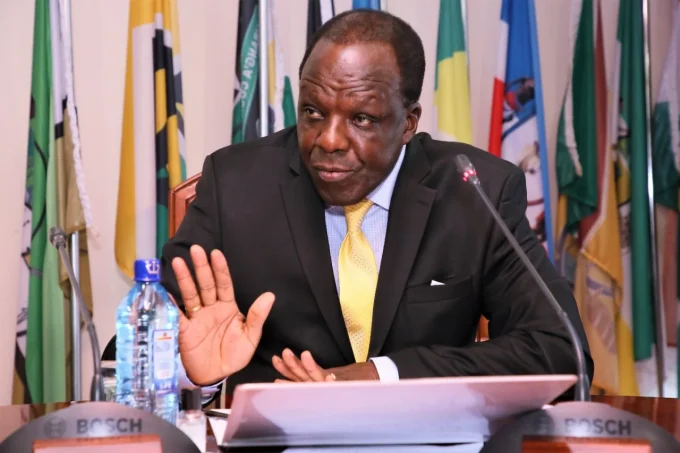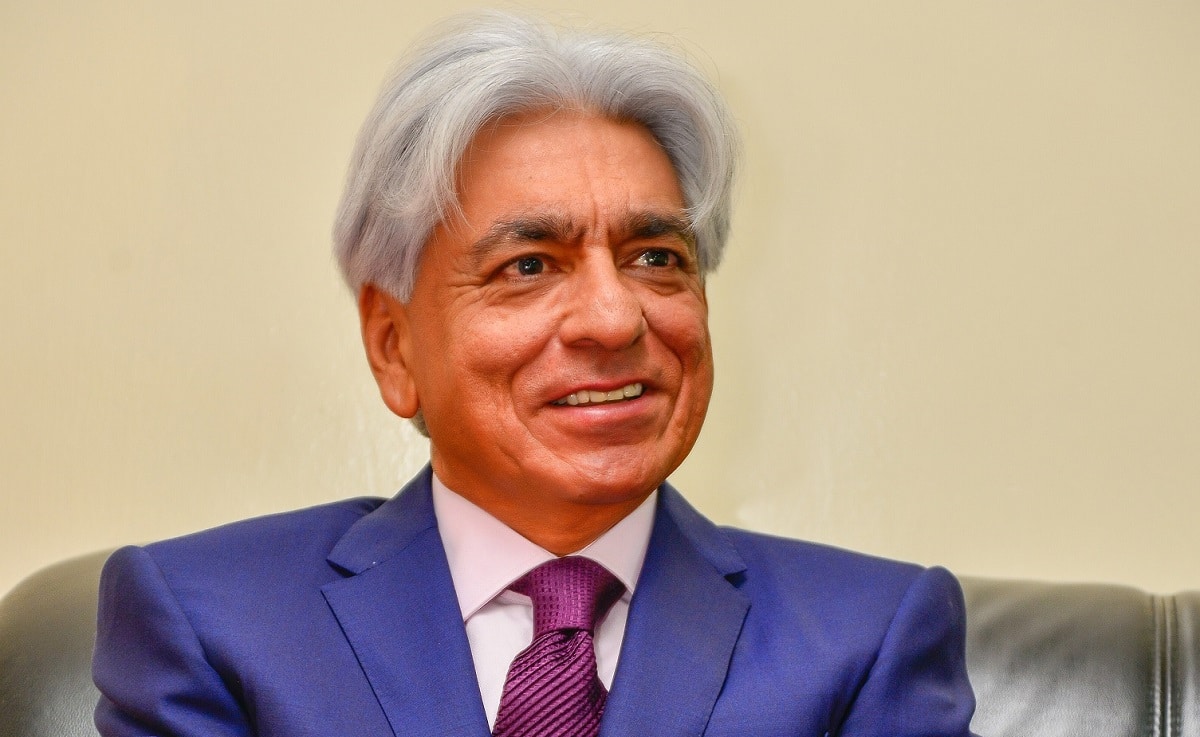This year as the holiday season sets in, it is not business as usual.
It is the year that the COVID pandemic has ravaged the entire globe and has affected all the spheres of our lives.
It has been nine months of readjusting to the new normal.
On 24 November 2020, the National Emergency Response Committee on Coronavirus indicated that the positivity rate was oscillating between 14% to 20% in the month of November; this is the highest that the country has ever recorded.
According to the World Health Organization (WHO), for a country to be declared free of the virus and normal business to resume, the country should have a positivity rate of 5% and below for 14 days on the bounce.
We are clocking at five (5) times higher than that the WHO recommended positivity rate. We need to address the risks that can push this percentage to even a higher percentage as the holiday season is set to intensify in two weeks.
The Kenyan holiday season is characterized by urban to rural travel. There is a lot of travel to holiday destinations, in the country especially to the Coastal towns of Mombasa, Malindi, Lamu among others.

This is the period that the population takes a break from the hassle and bustle of the daily stresses of life.
There will be an exodus from Nairobi to the rural homes to celebrate the Christmas festivities.
A substantial percentage of the rural population is made up of vulnerable groups of elderly and sick relatives.
The health facilities in the rural areas are inadequately equipped and staffed to cope with an influx of COVID-19 related cases that may require specialized and immediate attention and care.
In case of any spike of COVID in the rural areas, this will result in further strain on the counties’ health facilities and lead to more fatalities.
The Christmas session ushers in various social functions and festivities characterized by public gatherings in places of worship, homesteads, hotel facilities, cultural ceremonies among other such activities.
It is that time of the year that the public takes a break and exhale as they reminisce the affairs of the year and await to usher in the next one.
In such gatherings, there is likely to be a lack of adherence to the guidelines issued by the Ministry of Health including social and physical distancing; wearing of face masks, and washing of hands. These gatherings may lead to the progression of the wave to unacceptable levels.
As the pandemic enters the tenth month this December, it has affected the mental health of the population.
We have reports of bouts of depression, loneliness, lack of self-worth all of these challenging people as they deal with the effects of the pandemic.
We have reported cases in Kenya of teenagers going for random parties to occupy the excess time that they have as schools remain closed.
We have seen an increase in depression as a result of lack of finances to cater for necessities.
A report issued by the Kenya National Bureau of Statistics (KNBS) states that the unemployment rate in Kenya increased to 10.40% in the second quarter of 2020 from 5.20% in the first quarter of 2020.
This is creating a serious strain on personal finances as the pandemic ravages businesses that would have otherwise provided a livelihood.
“Wearing a mask is not about making your life less comfortable or taking something away. It’s to give something back to all of us – a normal life.” US President-Elect, Joe Biden. We need to think about getting back to normal and how we can do this in the middle of the challenges and now the highest positivity rate that we have recorded.
Modeling behavior is an effective management practice where people learn by observing the behavior of others and especially their seniors.
Our leaders at all levels, political, religious, parents, community leaders should model behavior for the citizenry to observe and hopefully emulate.
They should conform to the guidelines issued by the Ministry of Health. This will lead to behavioral change required to keep the spread of the pandemic at a minimum or even eliminate it.
The guidelines issued by the Ministry of Health should be communicated from the point of “what is in it for me” other than a guideline to follow or penalty due to lack of compliance.
When the population understands the benefit of following the guidelines then it is easier to drive compliance other than to demand for it.
Crafting of messages for compliance should lean towards the benefit to the population and not about the threat of a penalty to incur due to lack of compliance.
We usher in the holiday season at a point where the country’s positivity rate is at its highest.
We have had school-going children at home for nine months, businesses that have been in standstill or operating at minimal capacity, mental health cases at their highest, and numerous other challenges that people are dealing with.
Schools are set to resume learning in January 2021 while businesses will be rebooting as the Kenyan society gets its social life back on track.
These hopes can only be achieved if we all complied with the guidelines which are pretty simple and straightforward.
The guidelines are: wearing a mask, keeping social and physical distance, washing or sanitizing your hands.
Wishing you all a COVID-free Christmas!
Caroline Gathii, IRMCert, is an International Certified Risk Expert with FirstIdea Consulting Ltd
Email:[email protected]
See Also>>>> Kenyan Company Makes History in Global Covid-19 Fight












Leave a comment